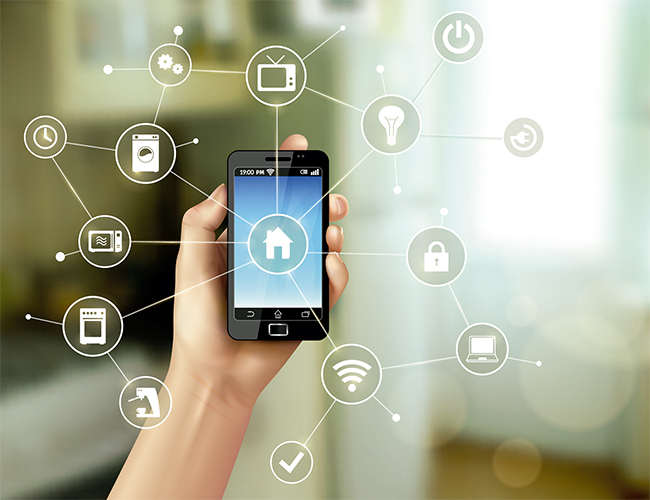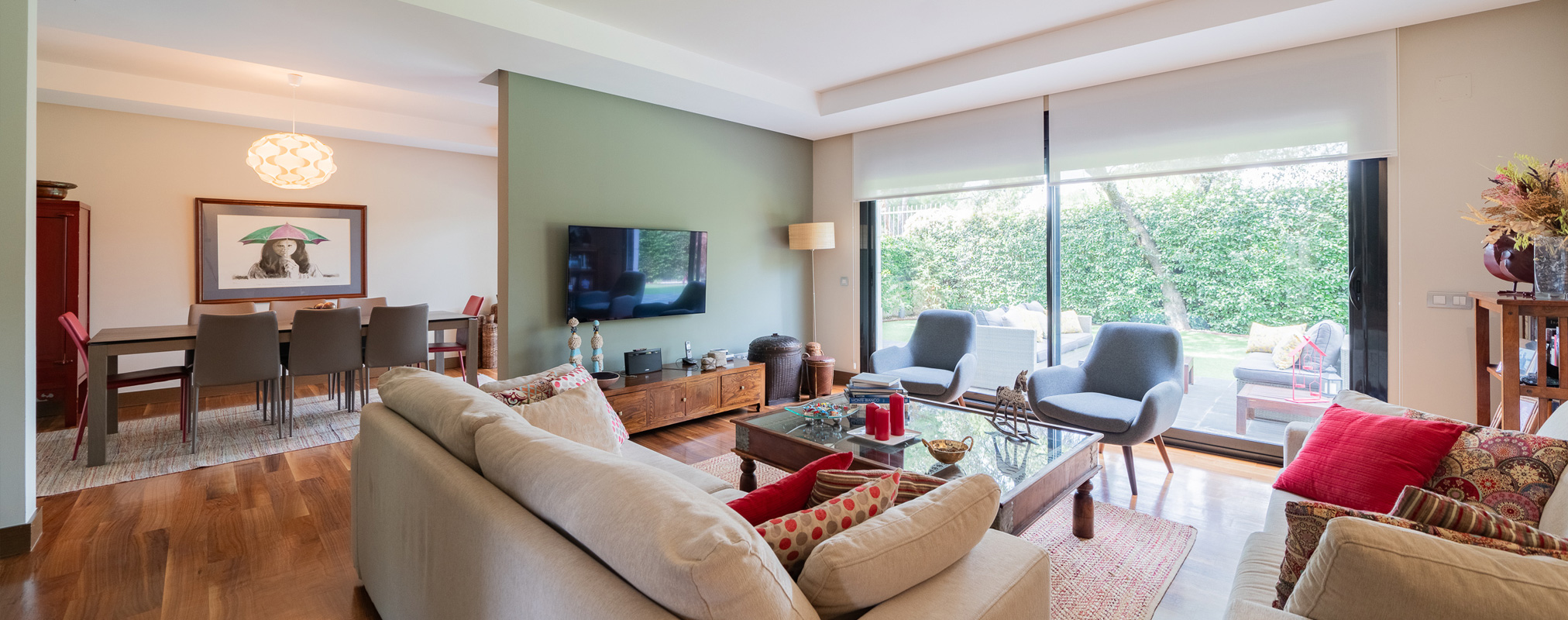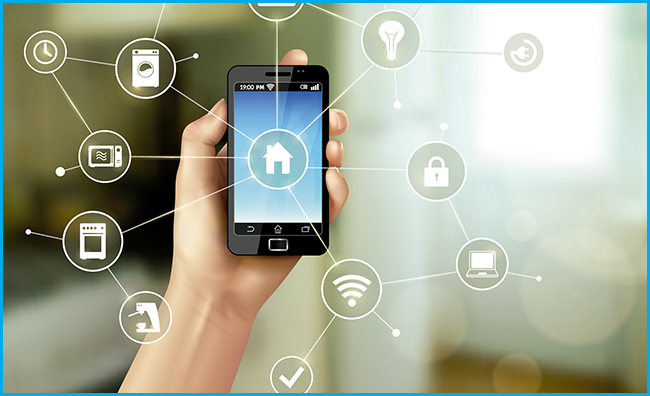In Spain, housing is becoming increasingly digital as new technologies are playing more and more a leading role in our real estate sector. We can say, without any fear of being mistaken, that the digitalization of Spanish housing is a reality, and proof of this is shown in the Observatorio which the property development company Aedas Homes has recently made public. This report reveals a digitalization level of 3,7 out of 5 in Spanish housing during the months of July till December 2021 (in the previous 6 months this level was of 3,6). Some months ago, we wrote an article in this blog about intelligent buildings. In that article, we said that our real estate system was completely linked to technological breakthroughs via the Internet, social networks, telephones or mobile applications. According to the Aedes Homes report, the use of social networks among neighbours has grown 21%, which is two points higher than in the previous six months. This growth, together with the increase in the use of home automation has led to making our home become more digital, as the application of computers and electronic are day by day more decisive. However, if we had to measure the level of digitalization in Spanish houses, which would be the most advanced communities? Let us take a look!

CATALONIA AND ANDALUSIA, AT THE HEAD
According to the Observatorio of Aedas Homes, the Spanish communities with the highest degree of digitalization are Catalonia and Andalusia both of which with a level of 4,2 out of 5. Next come the communities of Valencia and of Castilla La Mancha, both of them with 4,1 points. The Observatorio of Aedes Homes suggests that this digitalization is boosted by the use of intelligent devices which can easily and comfortably control the houses (as for instance the lighting , the use of central heating or air conditioning). On the other hand, the Spanish communities with the least degree of digitalization are Asturias (with 3 points), the Basque Cointry (3,3) and Navarra that together with the Canary Islands reach 3,4 points. In any case, the report makes it clear that the degree of digitalization has increased in most Spanish communities as we can see in the properties that are currently being built in Spain. It is now customary that these new buildings have voice assistant technologies, robots or intelligent locks that can be controlled by a domotic system. The future has arrived and although these gadgets were very expensive some years ago, and thus were of residual use, this is currently not so as they have become accesible to most people. The proof of this is the growing interest of homebuyers in these kind of devices which are more and more in demand.

TELEWORKING NEEDS DIGITALIZATION
Another conclusion that can be drawn from this report is the fact that teleworking needs digitalization because its highest degree is reached by people who work at home (4,6 points out of 5). The increase that has taken place among these respondents with regard to the previous term where the degree of digitalization was 4,2, is very significant. It is also significant if we compare it with the respondents that work in an office as their degree reaches 3,6. On the other hand, it strikes us that digitalization is not popular when it comes to renting a house because Spanish people are wary of doing it through technology. It is estimated that those who rent a house without seeing it personally are 2,4 points out of 5 whereas only 1,7 out of 5 would buy it exclusively online.
Picture 01: macrovector
Picture 02: rawpixel







 Spanish
Spanish English
English